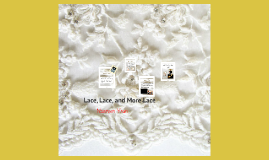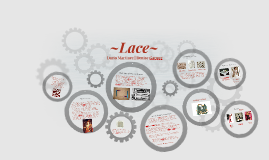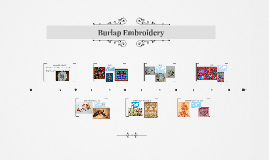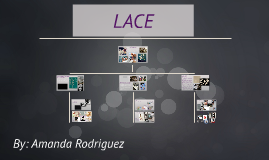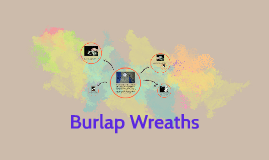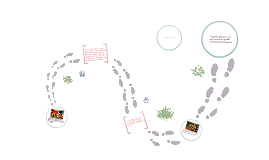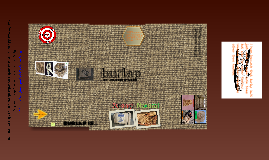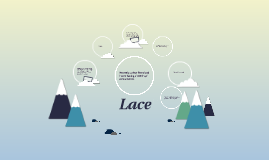~Lace~
Transcript: Tape lace; makes the tape in the lace as it is worked, or uses a machine- or hand-made textile strip formed into a design, the joined and embellished with needle or bobbin lace. By 1600 high quality lace was being made in many centers across Europe including Flanders, Spain, France and England — women who were practiced at other textile crafts seem to have picked up the new skills with relative ease. Needle lace; such as Venetian Gros Point is made using a needle and thread. This is the most flexible of the lace-making arts. While some types can be made more quickly than the finest of bobbin laces, others are very time-consuming. Some purists regard needle lace as the height of lace-making. The finest antique needle laces were made from a very fine thread that is not manufactured today. Lace Techniques & Processes A true lace is created when a thread is looped, twisted or braided to other threads independently from a backing fabric. Originally linen, silk, gold, or silver threads were used. Now lace is often made with cotton thread, although linen and silk threads are still available. is an openwork fabric, patterned with open holes in the work, made by machine or by hand. The holes can be formed via removal of threads or cloth from a previously woven fabric, but more often open spaces are created as part of the lace fabric. Elie Saab Spring 2014 RTW Silk Lace Wedding Dresses Linen Lace Knotted Lace, Knitted Lace, Crocheted Lace Phillip Treacy Traditional Uses for Lace Lace ~Lace~ Traveling noblemen and intermarriage between royal families ensured that new fashion ideas were disseminated widely: lace was traded (and smuggled) across borders. Lacemakers displaced by political upheavals often arrived as refugees in areas where there was already a lacemaking tradition and were able to enhance this with their own skills. And enterprising manufacturers of fashion for the affluent were constantly seeking innovations to secure and extend their position in the market. Lace Cotton Lace Modern Bobbin lace; as the name suggests, made with bobbins and a pillow. The bobbins, turned from wood, bone or plastic, hold threads which are woven together and held in place with pins stuck in the pattern on the pillow. The pillow contains straw, preferably oat straw or other materials such as sawdust, insulation styrofoam or ethafoam. Also known as Bone-lace. Chantilly lace is a type of bobbin lace. Victoria's Secret Dario Martinez | Denise Garong In the weaving process, the selvage (or selvedge) is the self-finished edge. Selvages keep the fabric from unraveling or fraying. The warp yarns are those running lengthwise or vertically, parallel to the selvage. They run the entire length of the fabric. The weft is those running widthwise or horizontally, perpendicular to the selvage. They loop back at the end of each row. The Origins of Lace Lace Doillies & Tablecloths Since lace evolved from other techniques, it is impossible to say that it originated in any one place, although the city whose name was first associated with lace is Venice. Venice was an important trading centre, and it was there that the first known lace pattern books were printed (Le Pompe in the 1550s) and in the early years the city certainly acted as a hub for the spread of lace knowledge. Fibers Used in Lace Bobbin & Pillow Chemical lace; The stitching area is stitched with embroidery threads that form a continuous motif. Afterwards, the stitching areas are removed and only the embroidery remains. The stitching ground is made of water-soluble or non heat-resistant material. With the passage of time and an increasing demand in the market for lace, the way the world produced goods changed. This led to the production of machine lace. In 1768, John Heathcoat invented the bobbin net machine. This machine made the production of complex lace designs more quickly. This Industrial Revolution was the downfall for the handmade lace industry. The teaching of handmade lacemaking disappeared in schools as emphasis shifted from trades to academics, which paved the way for lacemaking to become a hobby instead of the business it once was. Cutwork, or whitework; lace constructed by removing threads from a woven background, and the remaining threads wrapped or filled with embroidery. The Loom & Weaving Process






